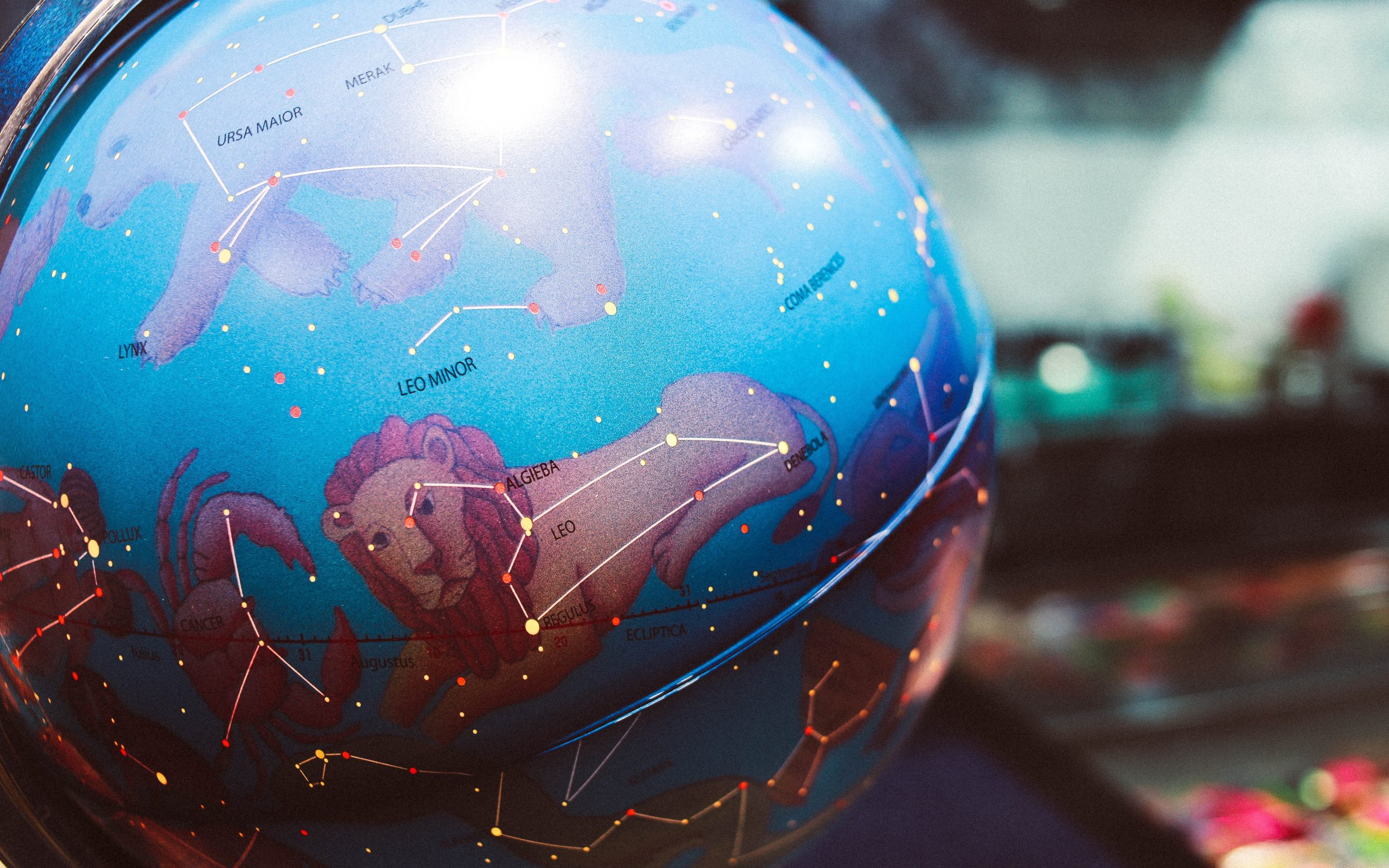What Does a Big Ring Around the Moon Mean?
Have you ever glanced up at the night sky and noticed a massive ring encircling the moon? This mesmerizing phenomenon, often referred to as a lunar halo, has captivated skygazers for centuries. But what exactly causes this ethereal spectacle? In this blog post, we will explore the science behind the big ring around the moon and the various cultural beliefs associated with it.
The Science Behind Lunar Halos
To understand the appearance of a ring around the moon, we must delve into atmospheric optics. The primary cause of this celestial phenomenon is the presence of thin, high-level clouds composed of ice crystals. When moonlight passes through these ice crystals, it undergoes a process called refraction, bending the light and causing it to disperse.
The specific geometrical structure of ice crystals determines how the light is refracted, resulting in the formation of a circular halo around the moon. These ice crystals act like tiny prisms, splitting the light into its various colors and forming a spectrum. The larger the crystals, the more pronounced the halo becomes.
Notably, lunar halos are often accompanied by a 22-degree halo, which is a larger circle encompassing both the moon and the lunar halo. This occurs due to the scattering of light by individual ice crystals, leading to the creation of a secondary halo. Although less intense than the lunar halo, the 22-degree halo can also be a stunning sight to behold.
Factors Influencing the Intensity of Lunar Halos
While lunar halos are a fairly common sight, their visibility and intensity can vary depending on several factors:
-
- Ice Crystal Shape and Size: The shape and size of the ice crystals play a crucial role in determining the appearance of the lunar halo. Hexagonal or plate-like ice crystals are most commonly responsible for lunar halos, while other shapes may result in different optical effects.
-
- Cloud Thickness: Thin, wispy clouds composed of ice crystals yield more pronounced and vivid lunar halos, while thicker clouds may partially obscure or altogether prevent the halo from being visible.
-
- Moon’s Elevation: The elevation of the moon above the horizon affects the visibility of the halo. When the moon is low in the sky, the halo can appear larger and more striking due to the presence of additional atmospheric layers.
Cultural Interpretations of Lunar Halos
Throughout history, lunar halos have fascinated cultures across the globe, giving rise to various myths and interpretations:
Weather Predictions
In many folklore traditions, the appearance of a lunar halo was seen as a harbinger of impending changes in weather conditions. Some believed that the ring around the moon signaled the arrival of rain or storms, while others associated it with a shift in atmospheric pressure.
Symbolic Significance
Several cultures endowed lunar halos with symbolic meaning. Some interpreted the halo as a celestial omen, foreshadowing significant events or an otherworldly presence. In certain belief systems, lunar halos were seen as a bridge between the earthly and spiritual realms, inviting tranquility and spiritual growth.
Superstitions
Superstitions surrounding lunar halos abound in folklore. Some cultures considered the appearance of a lunar halo to portend doom or forewarn of impending danger. Conversely, others viewed it as a sign of good luck and fortune.
Other Celestial Phenomena Resembling Lunar Halos
While lunar halos are the most commonly observed ring-shaped atmospheric phenomenon, there are a few others that bear a resemblance:
| Phenomenon | Description |
|---|---|
| Solar Halo | A circular ring around the sun caused by the same atmospheric conditions as a lunar halo. However, due to the sun’s brightness, the colors are often more muted compared to the vibrant hues seen in lunar halos. |
| Corona | Not to be confused with the coronavirus, a corona is a diffused, circular ring of light surrounding a celestial body, such as the moon or the sun. Unlike the well-defined edges of lunar halos, coronas appear much more hazy and less distinct. |
| Iridescent Clouds | These colorful, shimmering clouds often appear near or around halos. Iridescence is caused by small water droplets or ice crystals refracting sunlight, resulting in a striking display of colors. |
In Conclusion
Witnessing a big ring around the moon can be a truly captivating experience. While the underlying science behind lunar halos is, fortunately, devoid of mystery, the cultural interpretations and visual allure still hold a certain enchantment. So, the next time you spot this ethereal ring encircling the moon, take a moment to appreciate the interplay between light and ice in the vast canvas of the night sky.
Table of Contents
